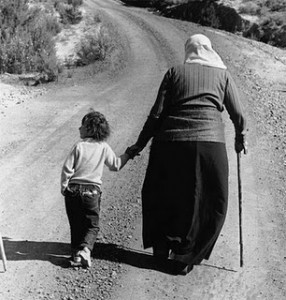This article reports and discusses the perceptions that Kuia (older Māori female or grandmother) have of their health and, how their connections to marae (place and space, often consisting of a collection of buildings and in many instances considered to be the physical embodiment of ancestors) influence these perceptions. The research was undertaken and driven by a group of Māori communities through their individual marae (6)and hapū (sub-tribe/extended family), and provides the data source for this paper. The study involved quantitative (survey) and qualitative (focus groups) methods with data collected from over 350 Māori participants; half of these were Māori women. Information and data relating to kuia have been extracted from the quantitative survey and their views and perspectives from a focus group session are discussed in this paper. Drawing from these two sources not only confirmed what earlier research and literature asserted–that kuia have significant influence in their whānau (family/extended family), Hapū (sub-tribe/extended family) and iwi (tribe/people) — it showed that kuia particularly endorse the idea of marae “place and space” being living, breathing, entities, and the focal point of the community; being a location for the provision of health services would be an extension of this. Having health services provided on the Marae along with other activities is likely to have positive effects and bring whānau back to the marae.
To free access to the entire paper click HERE
The Paper was written by Dr. Annemarie Gillies; Dr. Shirley Barnett and is available through the open access Journal: Pimatisiwin.
To find more open access journals head over to our Open Access Journals page.

